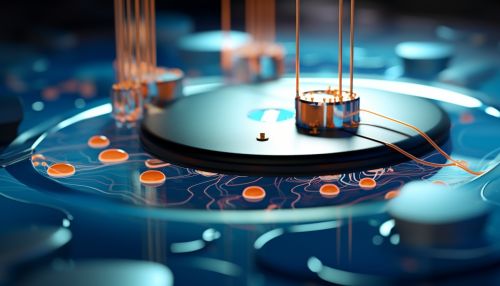Microbial electrolysis cell
Introduction
Microbial electrolysis cells (MECs) are a type of bioelectrochemical system that uses microorganisms as biocatalysts to convert chemical energy, usually in the form of organic waste, into electrical energy. This process is achieved through the interaction of the microorganisms with an electrode, often referred to as a anode. The anode serves as an electron acceptor, allowing the microorganisms to oxidize the organic waste and produce electricity.


Principle of Operation
The operation of a microbial electrolysis cell involves several key steps. The first step is the oxidation of organic matter by the microorganisms at the anode. This process involves the transfer of electrons from the organic matter to the anode, resulting in the production of carbon dioxide and protons. The protons then migrate through a proton exchange membrane to the cathode, where they combine with electrons to form hydrogen gas. The electrons are supplied to the cathode by an external power source, which is necessary to overcome the thermodynamic barrier for hydrogen production.
Microorganisms in MECs
The microorganisms used in MECs are typically electrogenic bacteria, which are capable of transferring electrons to an electrode. These bacteria, such as those in the genus Geobacter and Shewanella, have the ability to oxidize organic matter and transfer the resulting electrons to an external electron acceptor, such as an anode. This process is known as exoelectrogenesis.
Applications
The primary application of microbial electrolysis cells is in the treatment of organic waste, such as wastewater. The process not only removes organic matter from the waste, but also generates electricity and produces hydrogen gas, which can be used as a renewable energy source. Other potential applications include the production of chemicals and fuels, the desalination of water, and the remediation of contaminated environments.
Challenges and Future Directions
Despite the potential of microbial electrolysis cells, there are several challenges that need to be addressed. These include the optimization of the system for maximum efficiency, the scaling up of the technology for industrial applications, and the identification and cultivation of more efficient electrogenic bacteria. Future research in the field is likely to focus on these areas, with the aim of making MECs a viable option for waste treatment and renewable energy production.
